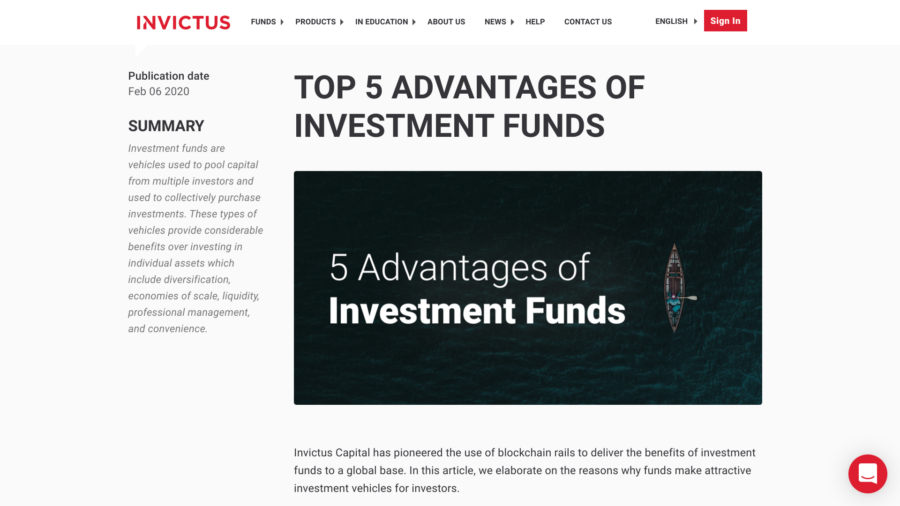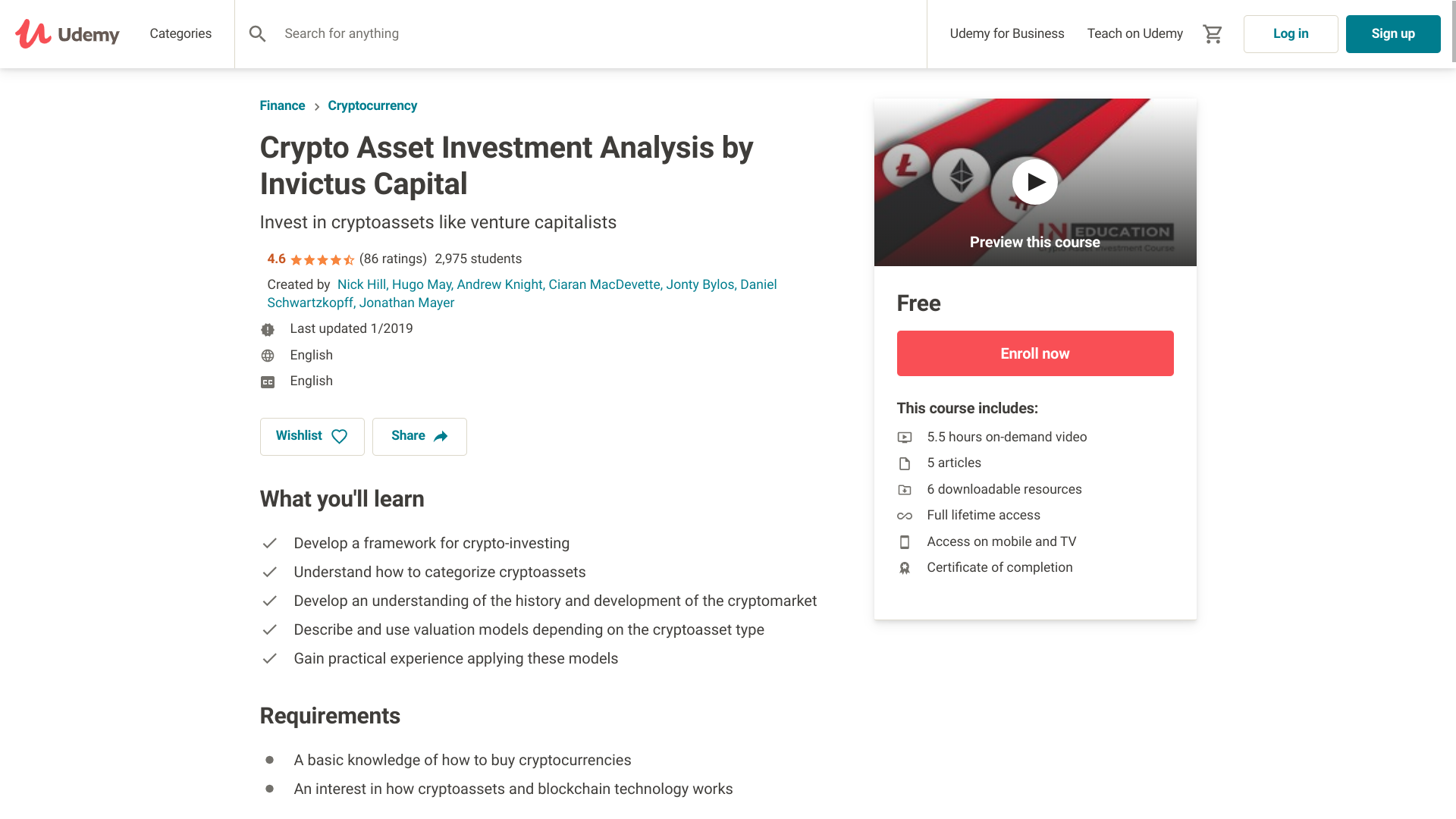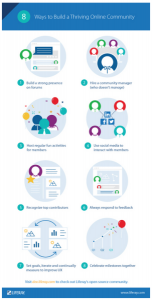It’s been said that content marketing is the only form of marketing left, as it creates trust, builds relationships with your target audience, and is a high-conversion strategy. Trust is especially important in finance, as prospects are risking their financial security by doing business with you.
On the flip side, marketing tactics like paid advertisements are becoming less and less effective, because they’re not seen as trustworthy. Once a staple of marketing, paid ads are now seen as a nuisance. One need look no further than the fact that 96% of Internet users don’t trust paid ads. The age of the slimy salesman is over. Trust is a prerequisite to making a digital sale.
There are more problems: It’s getting harder to get user attention, and even if you do manage to capture a user’s focus, it’s pretty limited as we’re all over-loaded with information. In fact, the average user spends less than 2 seconds on one piece of Facebook content.
How, then, can a smart financial marketer gain consumers’ increasingly-limited attention, in an over-saturated content environment?
Ultimately, it’s all about trustworthy connections and content, so here are 4 ways financial marketers can win in 2020 (with examples):
1. Educational Blog Content
You might be thinking: Does anyone read blogs anymore? Well, only if they empathize with potential readers. Consumers, particularly financially-savvy consumers, are busy and not looking to be sold to.
They want helpful, relevant, timely, and educational content. Put yourself in your readers’ shoes and ask questions like What should I know about? What am I missing out on? What information would improve my life?
Wherever the answers to these questions coincide with your products or services, you’ve found the sweet spot. This is the art of selling in the modern digital age.
By maintaining a useful blog that answers your users’ ever-changing questions, you’ll be top-of-mind, and eventually a go-to place on the Internet for your target audience.
These questions can range from the very high-level, introductory knowledge-seeking queries, to in-depth questions about your particular offering. For an example of the former, this blog titled “Top 5 Advantages of Investment Funds” gives financial readers who are new to the space an understanding of why they may want to choose an investment fund:

If they’re interested, they can dive into deeper content further in your blog.
2. Helpful Guest Posts
As mentioned, your target audience is busy. They don’t want to clutter their bookmarks bar with a million different blogs, and they likely already have a few different go-to spots for financial information.
You can reach these users through guest posts on those other blogs, which, if you’re doing your job right, doesn’t have identical content as your own blog. It’s a win-win situation for the reader, who gets access to fresh insights; the other blog, which gets additional content; and you, who reaches a new audience.
Here’s an example of a recent, timely, and helpful guest post on Hacker Noon titled “Coronavirus, Oil Shocks, US-Iran, or PlusToken—What’s Behind Bitcoin’s Crash?” It answers a pressing question that users have, while reaching a new audience.

3. Educational Courses
To take it a step further, educational courses give you the space to dig deeper and add substantial value. While blogs and guest posts limit you in terms of word-count, format, and distribution, courses give you the freedom of video.
As we all know, video is a far more captivating format than text, and it can be a lot easier to get your point across.
Further, video is more shareable on social media, as it has a lower cognitive load than text.
To give an example, here’s a Udemy course titled “Crypto Asset Investment Analysis by Invictus Capital” that offers insights from a framework for crypto-investing to practical experience in applying models:

4. Social Media Insights
Social media is a powerful tool, which can work wonders in combination with the above. It amplifies your content to reach more users, while helping to build connections that ultimately become users.
Whether it’s a native blog article, a guest post, or a course platform like Udemy, these all suffer from a lack of social features. Sure, you might have a comment feature on your blog, but you’re not exactly able to compete with the likes of Facebook, Twitter, and LinkedIn.
To give an example, you can share articles in an easy-to-digest format on LinkedIn, the best professional network out there:

In summary, traditional sales tactics don’t work, especially for the finance industry. Creating useful content, however, is a better strategy than ever, and you’ll be well on your way by executing these 4 tips.
Business & Finance Articles on Business 2 Community
(45)







